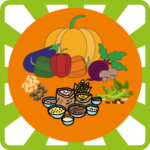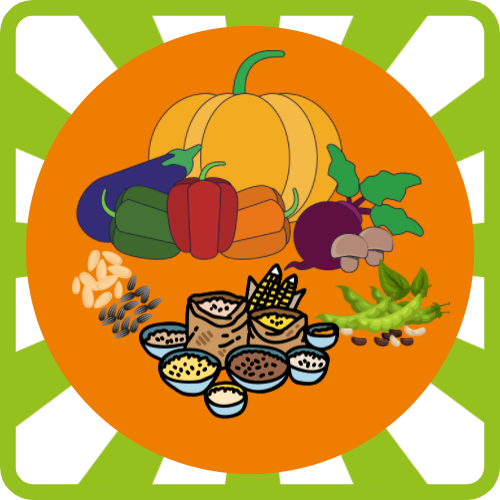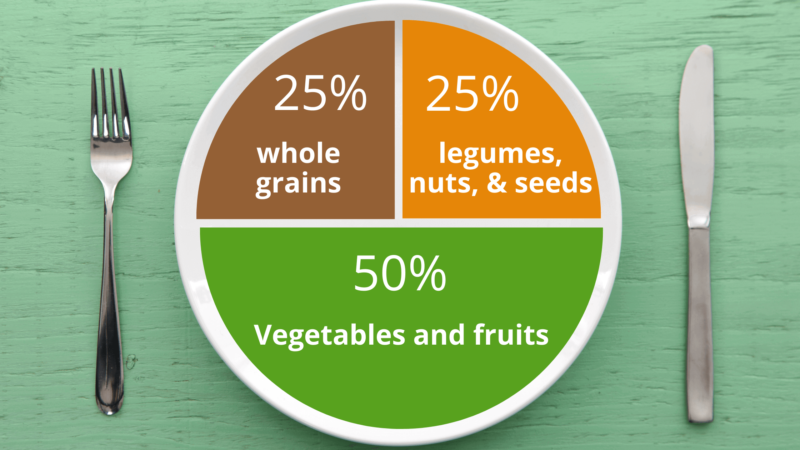
Let's make our plate COLORFUL , as colorful as springtime!
A plant-based diet gives us an enormous opportunity to explore a new world and to get healthier. The most common and recommended to eat if you are a vegan is actually very simple; vegetables, fruits, whole grains, legumes, nuts, and seeds.
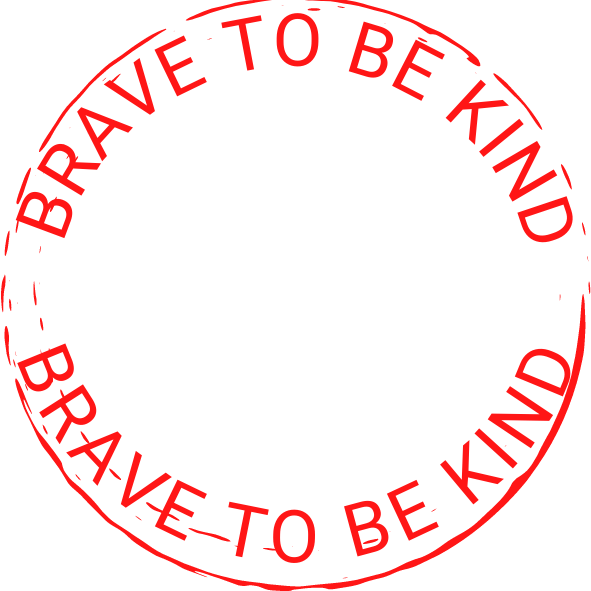
The good thing about eating vegetables and fruit is that you can take them as much as you like, and the suggested ratio is 50% of veggies and fruits while the other 50% should be divided for the rest of it.
Dining by “traffic light”
A vegan eats plant-based food, foods that don’t include any meat, poultry, dairy, or eggs.
The most recommended and healthful diet for vegans is whole food plant-based diet (WFPB) which means emphasizing the consumption of whole food or described as foods that are minimally processed.
As Dr. Greger said, we should follow the “traffic light” also while eating!
Go for GREEN, use caution for yellow and orange, stay away from red





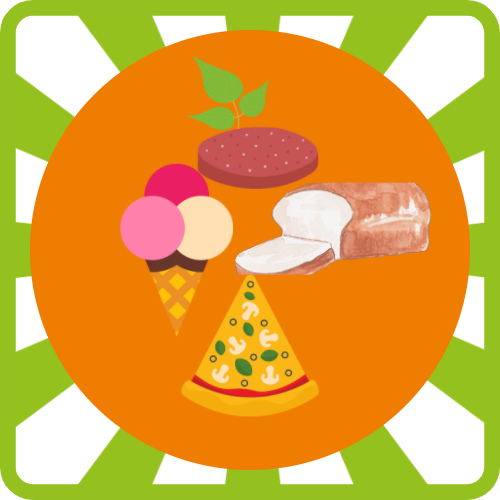


The nutritional BENEFITS of plant-based diet

Vegetables
Eating a wide variety of colorful vegetables every day will ensure that you get an assortment of protective nutrients in your diet. For most vegetables, particularly calcium-rich leafy greens, it’s nearly impossible to eat “too much.”
Fruits
Most fruits, especially citrus fruits, and berries are a great source of vitamin C. All fruits provide antioxidants. Choose whole fruits over fruit juices to get the most benefit, particularly from dietary fiber.

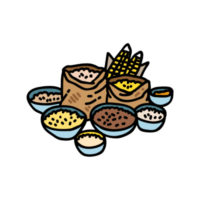
Whole grains
Whole grains provide B vitamins, fiber, minerals, protein, and antioxidants. They are more suggested compared to refined grains because the refining process removes the healthiest nutrients. Also, intact whole grains—such as brown rice, oats, wheat berries, millet, and quinoa—are nutritionally superior to whole grain flours and puffed or flaked whole grains.
Legumes, nuts, and seeds
The legume-nut-seed group includes beans, split peas, lentils, nuts, seeds, and soy products. These nutrient-dense foods are packed with protein, fiber, minerals, B vitamins, protective antioxidants, and essential fatty acids.


Vegetables
Eating a wide variety of colorful vegetables every day will ensure that you get an assortment of protective nutrients in your diet. For most vegetables, particularly calcium-rich leafy greens, it’s nearly impossible to eat “too much.”

Fruits
Most fruits, especially citrus fruits, and berries are a great source of vitamin C. All fruits provide antioxidants. Choose whole fruits over fruit juices to get the most benefit, particularly from dietary fiber.

Whole grains
Whole grains provide B vitamins, fiber, minerals, protein, and antioxidants. They are more suggested compared to refined grains because the refining process removes the healthiest nutrients. Also, intact whole grains—such as brown rice, oats, wheat berries, millet, and quinoa—are nutritionally superior to whole grain flours and puffed or flaked whole grains.
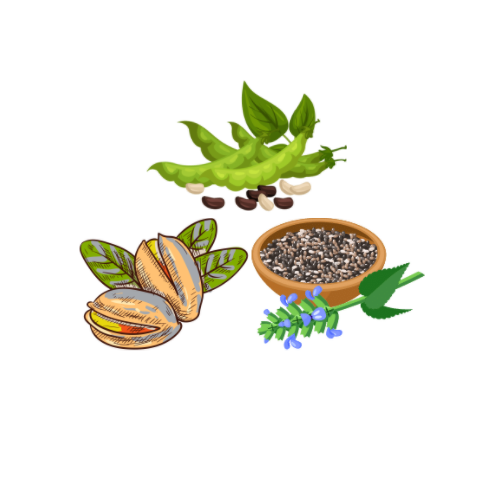
Legumes, nuts, and seeds
The legume-nut-seed group includes beans, split peas, lentils, nuts, seeds, and soy products. These nutrient-dense foods are packed with protein, fiber, minerals, B vitamins, protective antioxidants, and essential fatty acids.


